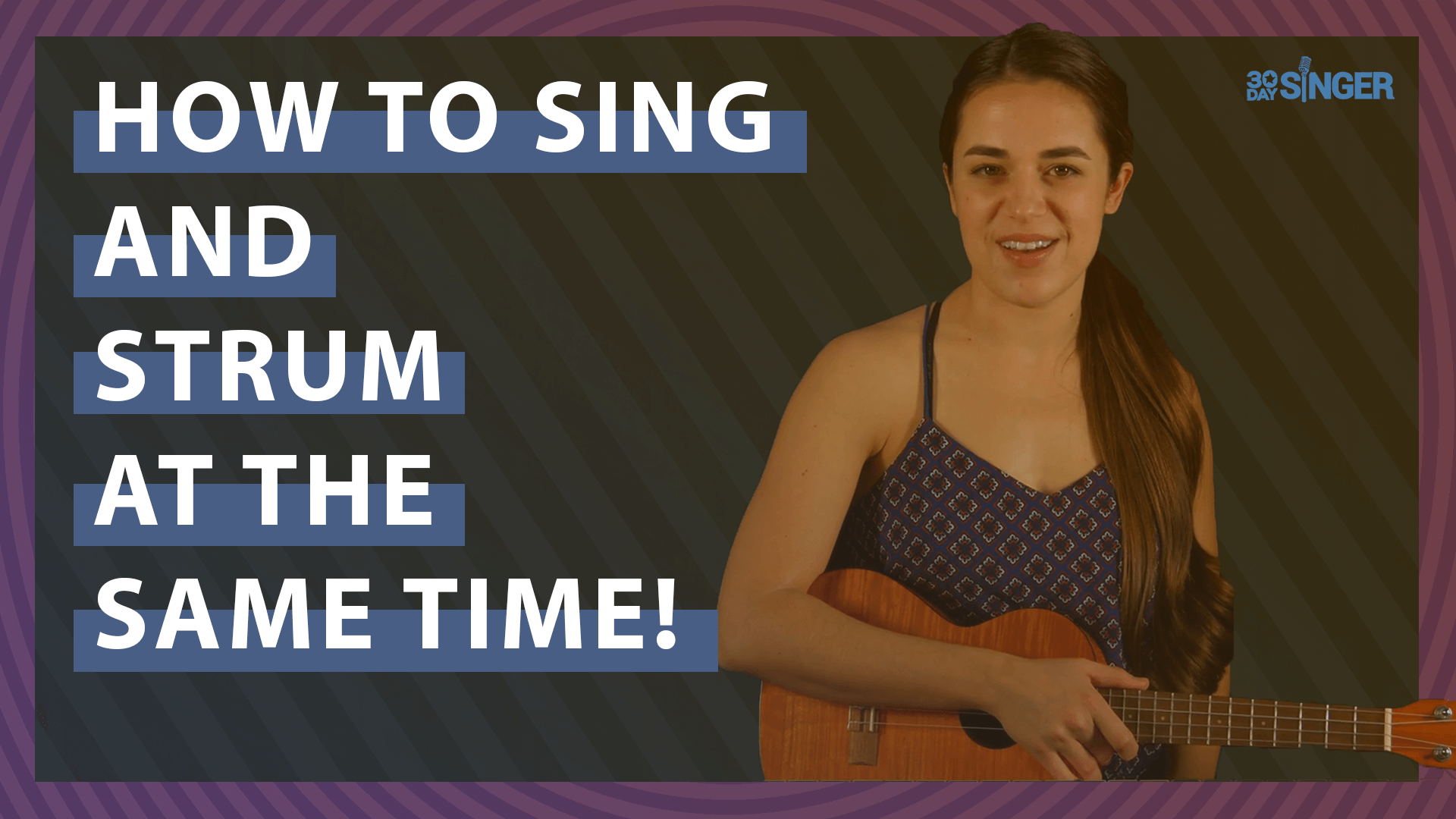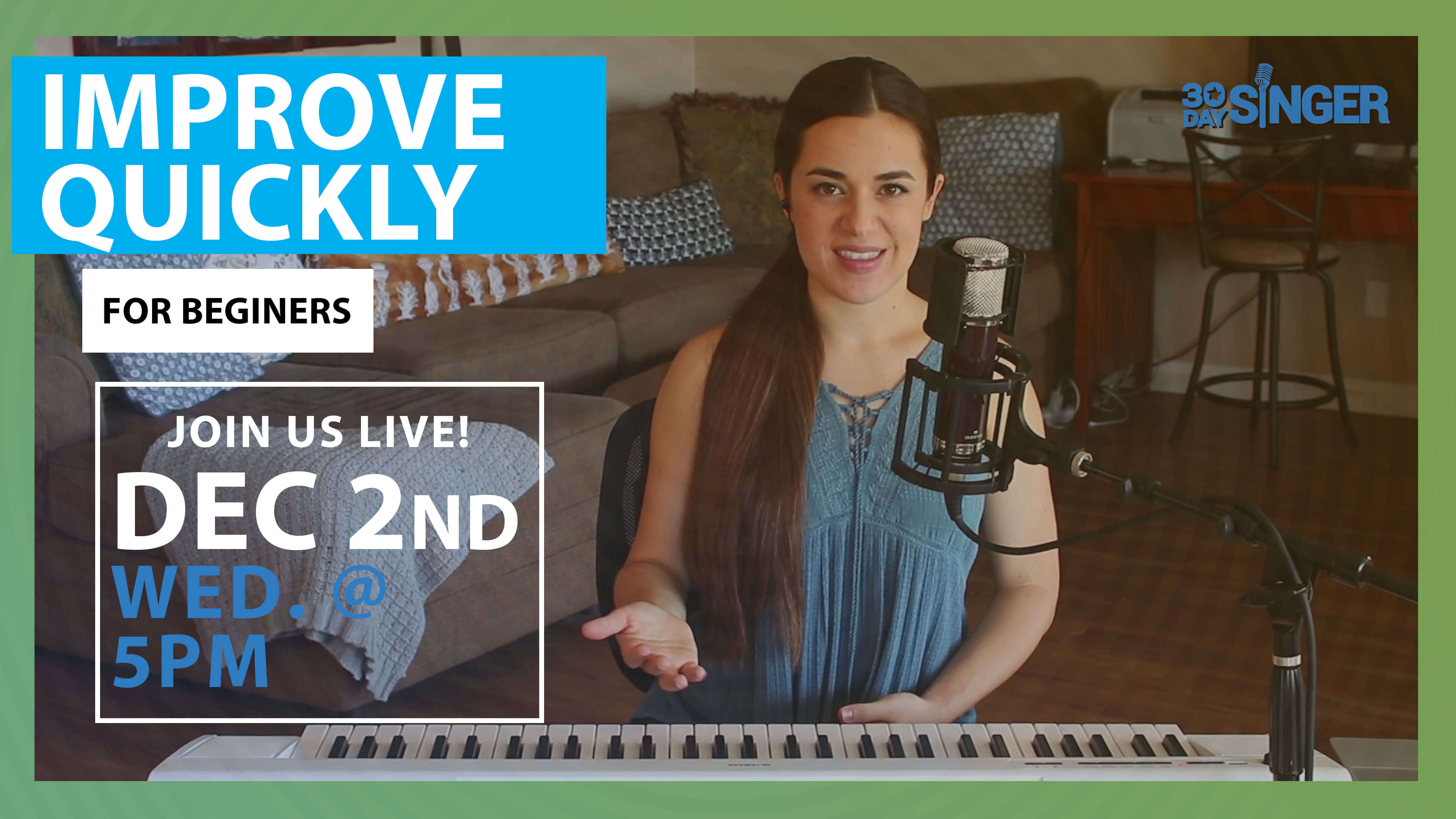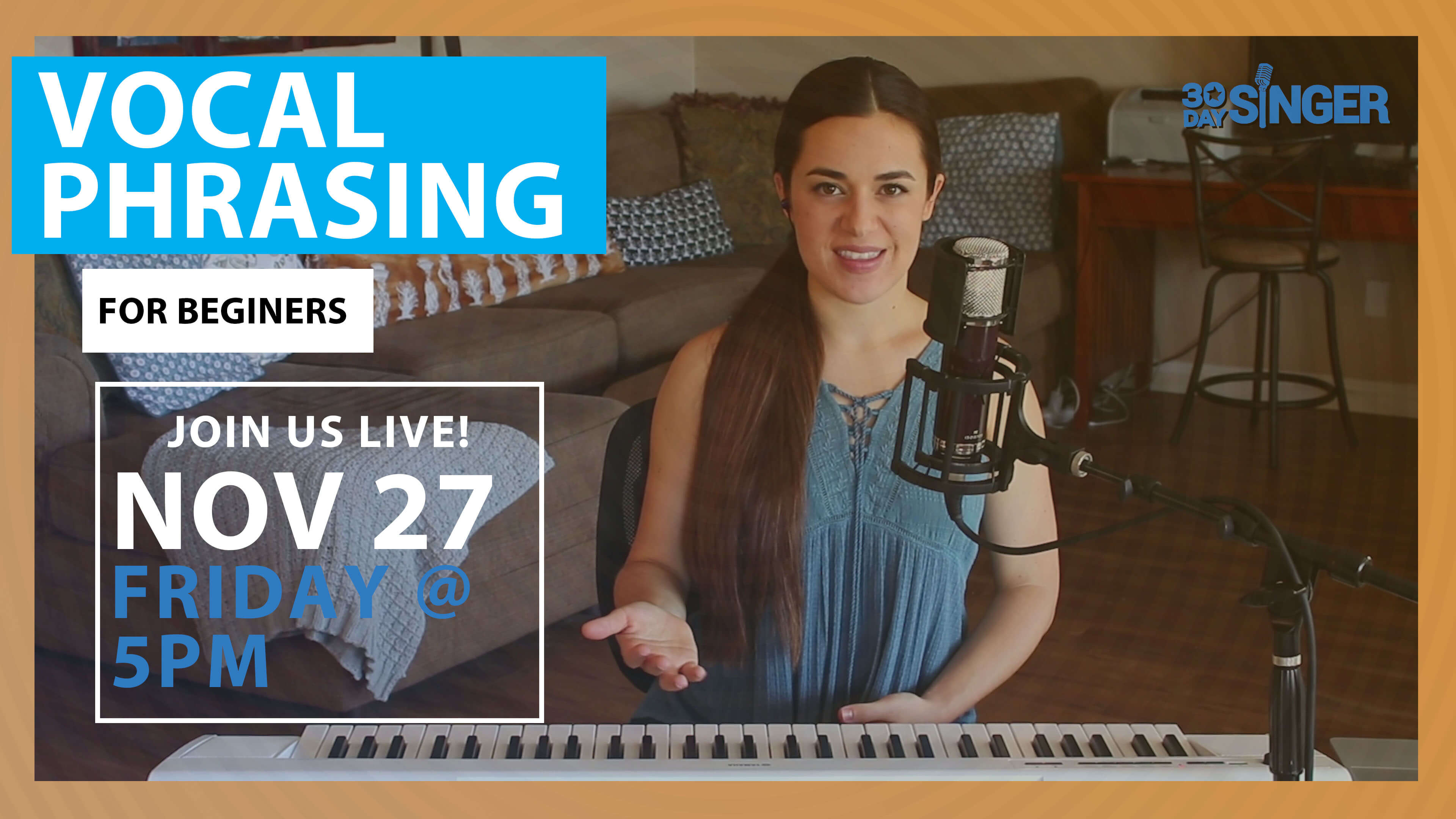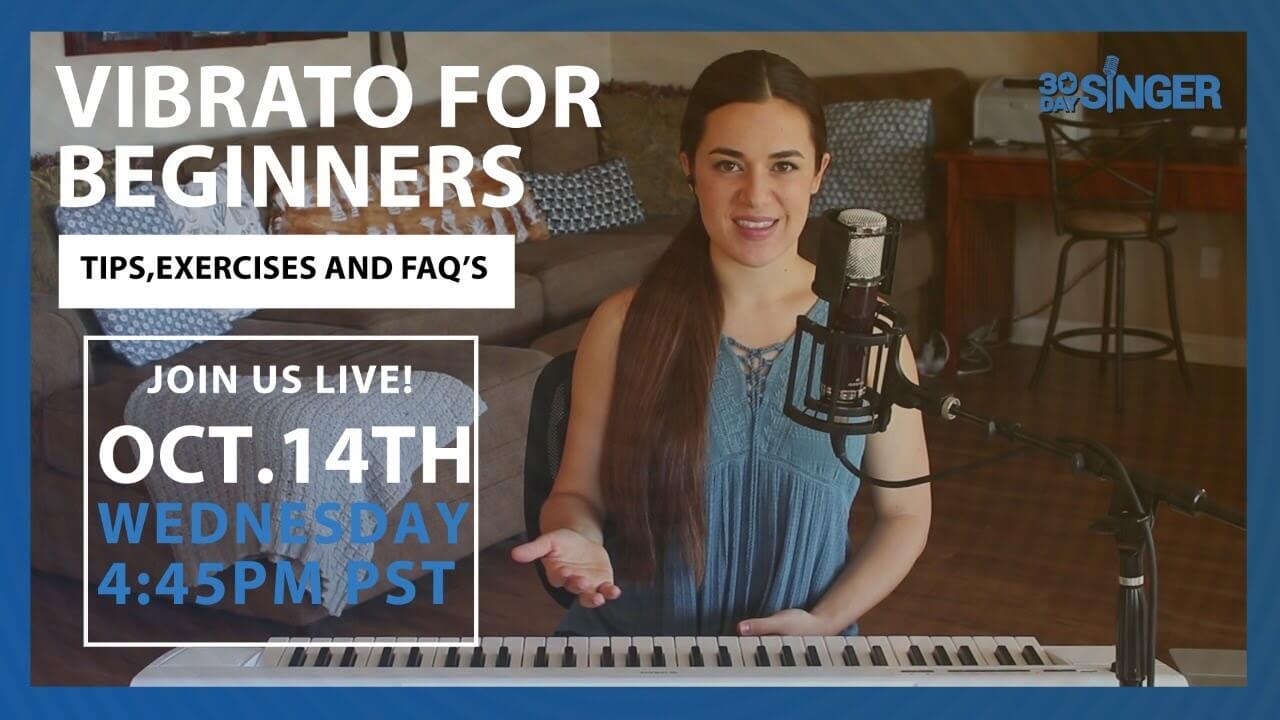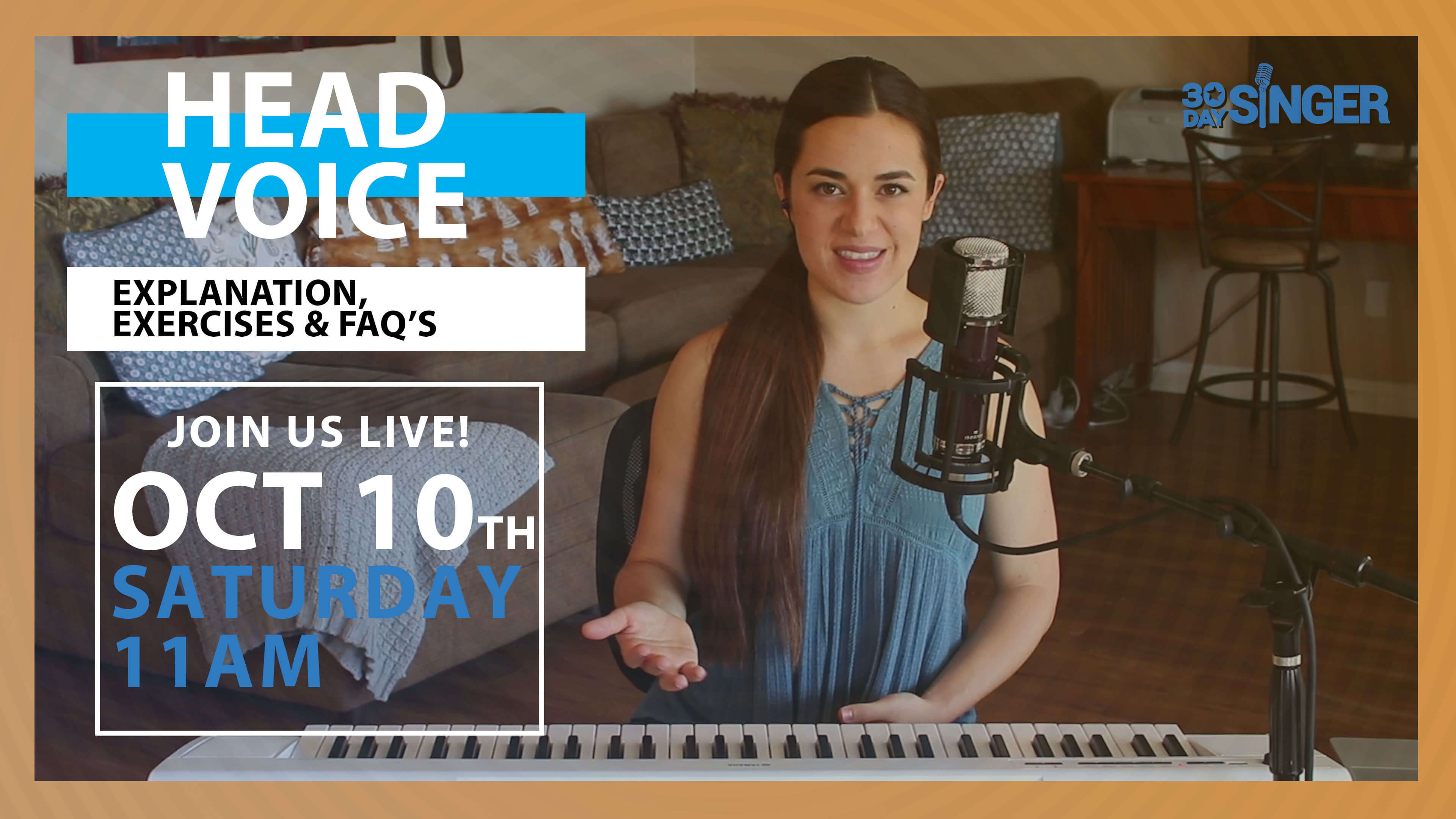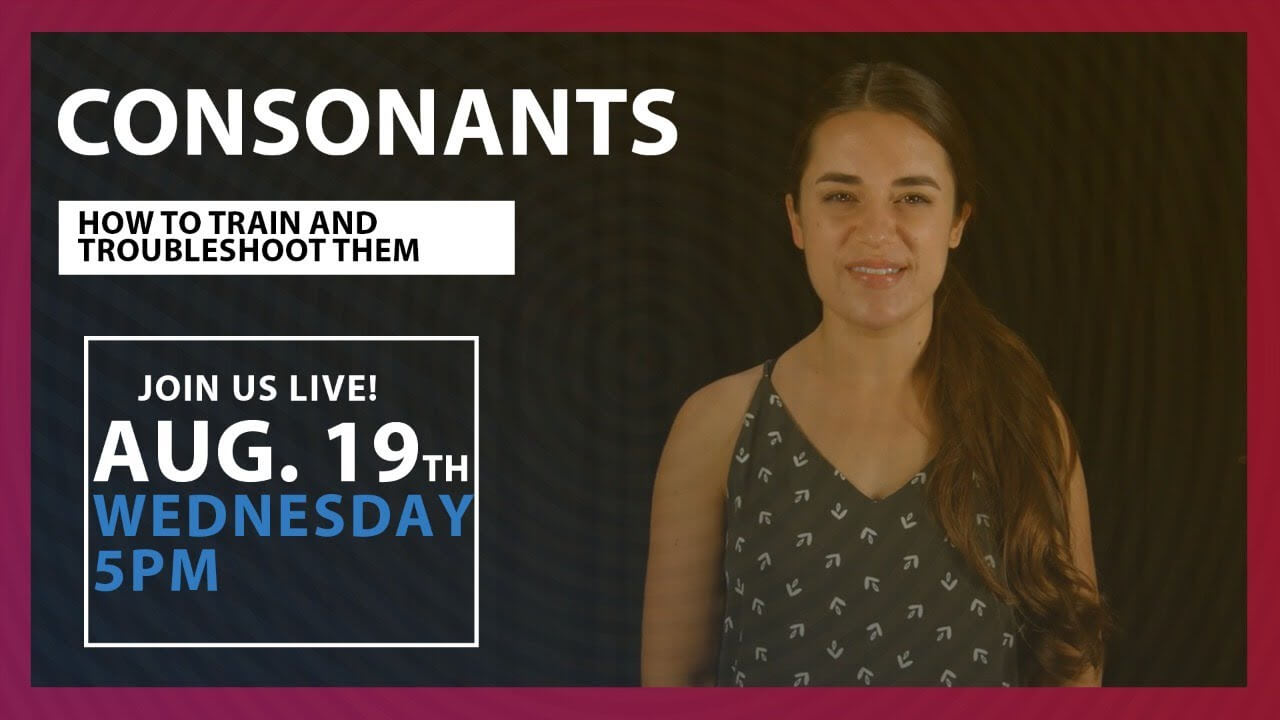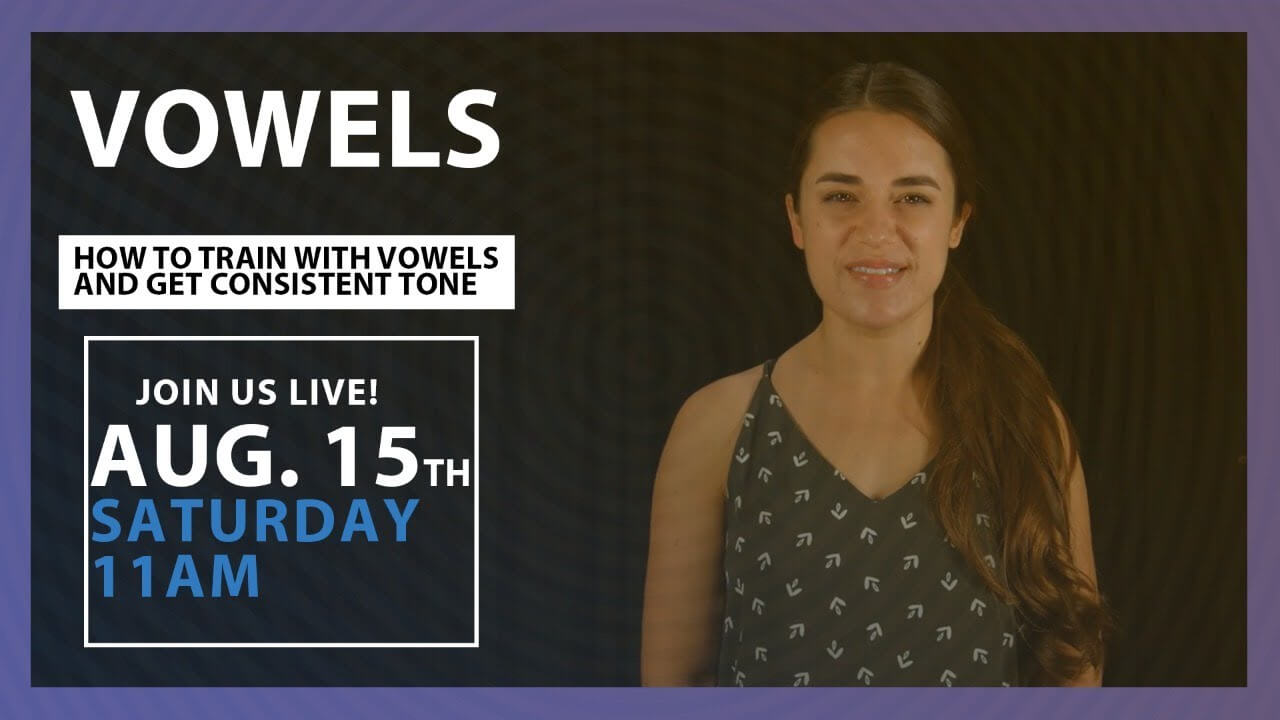Vocal Technique
Welcome to the Vocal Technique section of 30 Day Singer. These lessons focus on developing key singing techniques like vibrato, belting, singing higher or lower, breath control and much more. We offer guidance on how to learn these techniques and perfect them so you can perform with confidence. Some of these techniques are introduced in our beginner courses so if you need more time and focus on a particular area, these lessons come in very handy. You can bounce between these lessons freely or use a set combination of these lessons as part of your daily practice routine to monitor progress.
TUTORIALS
How to Sing and Play Guitar / Ukulele at the Same Time
By Camille van NiekerkYou can sing, and you can play guitar or ukulele, but you can’t do them at the same time. If that’s you, this tutorial will break it down and take you step by step to build that coordination. Grab your instrument, and I’ll see you there.
How To Improve Quickly! For Beginning Singers
By Camille van NiekerkJoin voice teacher Camille van Niekerk for some beginner-friendly advice on making rapid improvement with your singing.
Vocal Phrasing for Beginners
By Camille van NiekerkIn this Live Lesson you'll learn: What is phrasing, and why is it important? How to determine phrases. How to end phrases (release, vibrato, and other stylistic choices). And you'll get an intro to "back phrasing."
Vocal Tone for Beginners
By Camille van NiekerkIn this video Camille will discuss: -What resonance is. -Your primary resonators. -Vowels and resonance. -Common resonance issues + solutions
Vibrato for Beginners
By Camille van NiekerkIn this live lesson Camille goes over: - What vibrato is (and isn’t) - The 4 crucial elements your voice needs to produce healthy vibrato (with exercises) - Troubleshooting a lack of vibrato (with exercises) - Vibrato usage & control (genre-specific).
Head Voice Explained
By Camille van Niekerk"Head Voice - Explanation, Favorite Exercises + FAQ's" -Head voice function (compared to chest & mix) -Head voice vs. falsetto -Head voice range for each voice type (contemporary and classical).
Belting Fundamentals
By Camille van NiekerkBelting fundamentals we're covering today: Feel + use your abdominal muscles - Find your mix with medium/centered vowels - Adjust your vowels
Working with Consonants
By Camille van NiekerkIn this lesson Camille will discuss: Hard, Medium, and Soft consonants and how to apply them. Substitutions for unvoiced to voiced consonants.
Vowels Workshop
By Camille van NiekerkCamille will go into detail on how vowels work while we sing!
Music Theory for Beginners
By Camille van NiekerkJoin instructor Camille van Niekerk for an overview of music theory for beginners!
Frequently Asked Questions
Some great vocal warmups for singers start with gentle humming or lip trills to relax and engage your vocal cords without straining them. Then, work through some scales to gradually increase your pitch range and get your voice fully warmed up.
For a quick 5 minutes vocal warm up, try some lip trills or gentle humming for a couple of minutes. It’s effective and quickly preps your vocal cords for singing or speaking without overdoing it.
When your voice is sick, keep singing warmups light and gentle—like humming or low, quiet scales. Also, drink lots of warm fluids and rest your voice as much as possible.
Start with some light humming, followed by a few pitch glides (from low to high sounds) to get your voice comfortable. Finish with a few tongue and lip trills to help with articulation.
Two good vocal warm ups are humming and lip trills. These are super effective and easy vocal warm-ups that gently activate your vocal cords without causing strain. Both are great for starting any vocal exercise.
Breathing exercises and resonance drills, like humming and vocal slides, improve the quality and projection of your speaking voice. They help develop control and clarity, making your voice sound more confident.
Hydrate regularly, practice breathing exercises, and do daily warm-ups. Consistency with these habits will help your voice sound smoother and stronger over time.
To strengthen a weak speaking voice, practice deep breathing and speak from your diaphragm to add power. Also, try projection exercises like speaking in front of a mirror to boost confidence and clarity.
Focus on articulation exercises, like tongue twisters, and practice controlling your breath to avoid running out mid-sentence. Over time, these will improve clarity and help you speak with ease.
The four vocal function exercises are sustained phonation (holding a sound steadily), pitch glides (sliding between notes), lip trills, and staccato sounds on different pitches. They work together to strengthen and balance your vocal cords.

